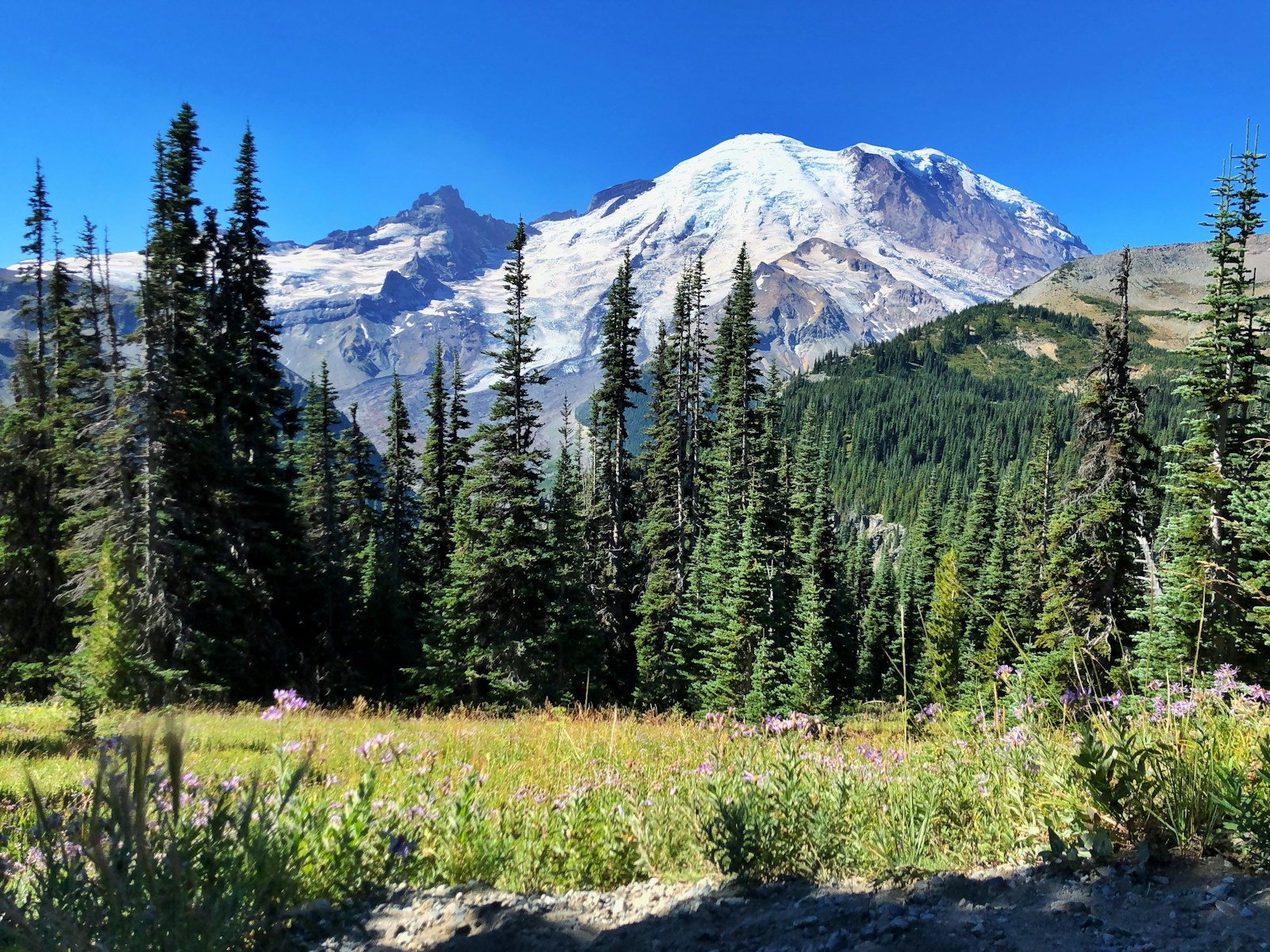In a world where tourist hotspots like the Serengeti and Yellowstone draw millions of visitors annually, there exists a parallel universe of wildlife sanctuaries tucked away in the planet’s most isolated corners. These remote wildlife parks offer extraordinary biodiversity, pristine ecosystems, and authentic wilderness experiences far removed from the well-trodden path. While their isolation has preserved their natural integrity, it has also kept them from appearing on typical bucket lists. From the frozen tundras of the Arctic to sweltering rainforests and distant islands, these hidden gems represent some of Earth’s last truly wild places—ecological treasures waiting to be discovered by the most adventurous nature enthusiasts.
Zabaikalsky National Park, Russia
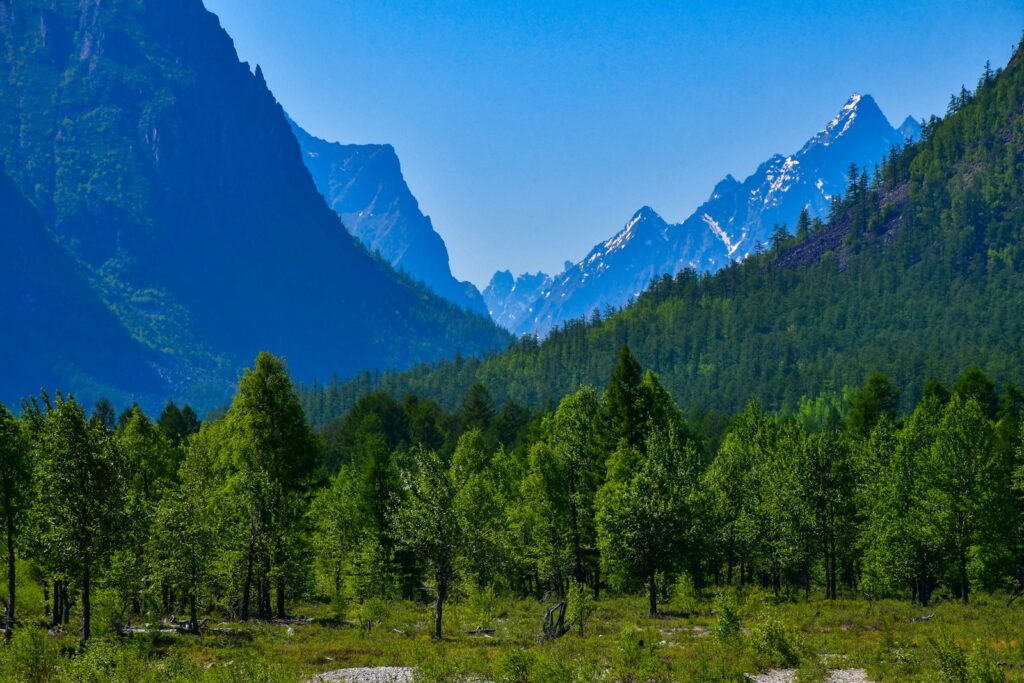
Nestled along the eastern shores of Lake Baikal in Siberia, Zabaikalsky National Park remains one of Russia’s best-kept natural secrets. This UNESCO World Heritage site protects over 2,400 square kilometers of pristine taiga forest, alpine meadows, and crystal-clear lakes in a region so remote that it receives fewer than 3,000 visitors annually. Winter temperatures routinely plunge below -30°C (-22°F), creating an icy wonderland where Siberian elk, wolves, brown bears, and the elusive Eurasian lynx roam freely. The park’s isolation has preserved ancient shamanic sites of the indigenous Buryat people, adding cultural significance to its remarkable biodiversity. Visitors who make the arduous journey are rewarded with solitude among some of the most unspoiled landscapes on Earth, where the calls of wild animals often represent the only sounds for miles around.
Ivindo National Park, Gabon
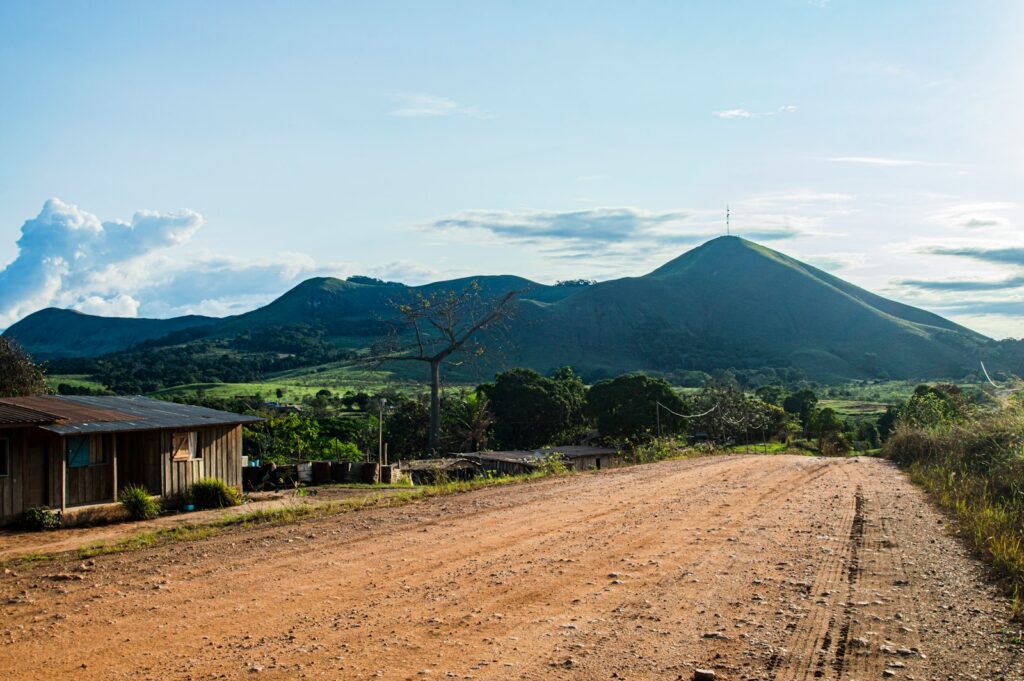
Hidden within Gabon’s dense equatorial rainforests, Ivindo National Park represents one of Africa’s last pristine wilderness areas, yet remains virtually unknown to international tourists. Established in 2002 as part of Gabon’s ambitious conservation program, this 3,000-square-kilometer sanctuary protects critical habitat for western lowland gorillas, forest elephants, and over 400 bird species in Central Africa’s Congo Basin. The park’s centerpiece, Langoué Bai, is a natural forest clearing where animals congregate at mineral-rich springs, offering rare unobstructed viewing opportunities in the otherwise dense jungle environment. Reaching Ivindo requires multiple days of travel via boat and foot, with no permanent infrastructure or lodging available within the park boundaries. This extreme isolation has preserved not only the ecosystem but also the traditional way of life for the Bakota and Bakwele peoples who have lived harmoniously with this forest for centuries.
Kornati National Park, Croatia
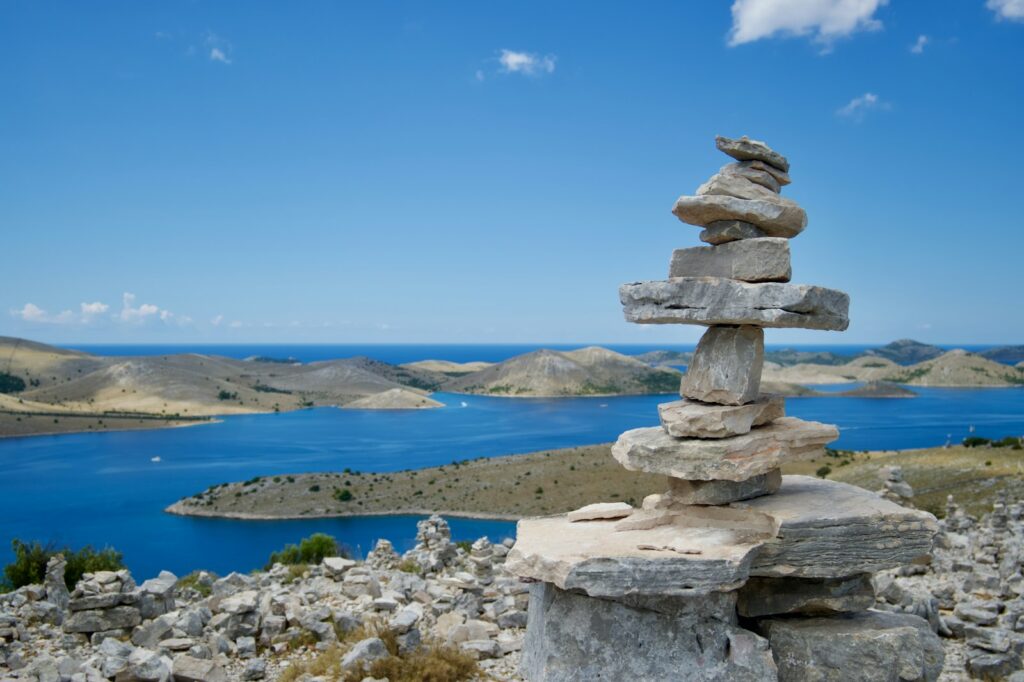
Unlike the crowded beaches of Croatia’s popular coastline, Kornati National Park offers an isolated maritime wilderness of extraordinary beauty across 89 barren islands and islets in the Adriatic Sea. Often described as a “nautical paradise,” this lunar-like archipelago features bizarre karst limestone formations, hidden coves, and crystal-clear waters teeming with marine life yet sees only a fraction of Croatia’s tourism. The islands’ distinctive appearance comes from centuries of deforestation and subsequent erosion, creating a hauntingly beautiful landscape of white stone contrasting against deep blue waters. Marine biodiversity thrives in these protected waters, with over 350 species of algae, numerous fish varieties, and the endangered Mediterranean monk seal occasionally spotted in remote corners of the park. The few seasonal residents maintain traditional olive groves and sheep herding practices unchanged for centuries, offering glimpses into Croatia’s maritime heritage for the rare visitors who make the journey.
Kluane National Park, Canada
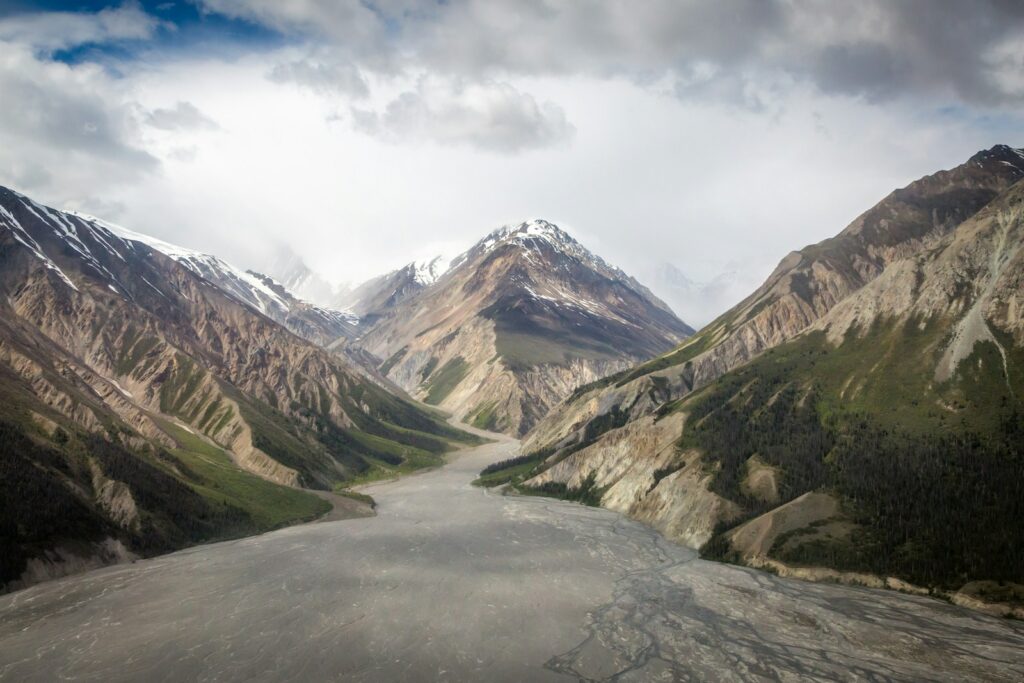
Located in Canada’s remote Yukon Territory, Kluane National Park remains one of North America’s last true wilderness frontiers, featuring the world’s largest non-polar ice field and Mount Logan, Canada’s highest peak. This UNESCO World Heritage site encompasses over 22,000 square kilometers of mountains, glaciers, and boreal forests, yet receives fewer than 8,000 visitors annually due to its extreme remoteness and harsh conditions. Grizzly bears, Dall sheep, wolves, and mountain goats thrive in this pristine environment where human footprints are remarkably scarce outside the park’s limited trail system. Kluane holds profound cultural significance for the Southern Tutchone First Nations people, who maintained traditional hunting grounds here for thousands of years before the park’s establishment. The combination of massive ice fields, unexplored mountain valleys, and intact predator-prey relationships makes Kluane one of the few places where natural processes continue virtually undisturbed by human influence.
Wakhan National Park, Afghanistan
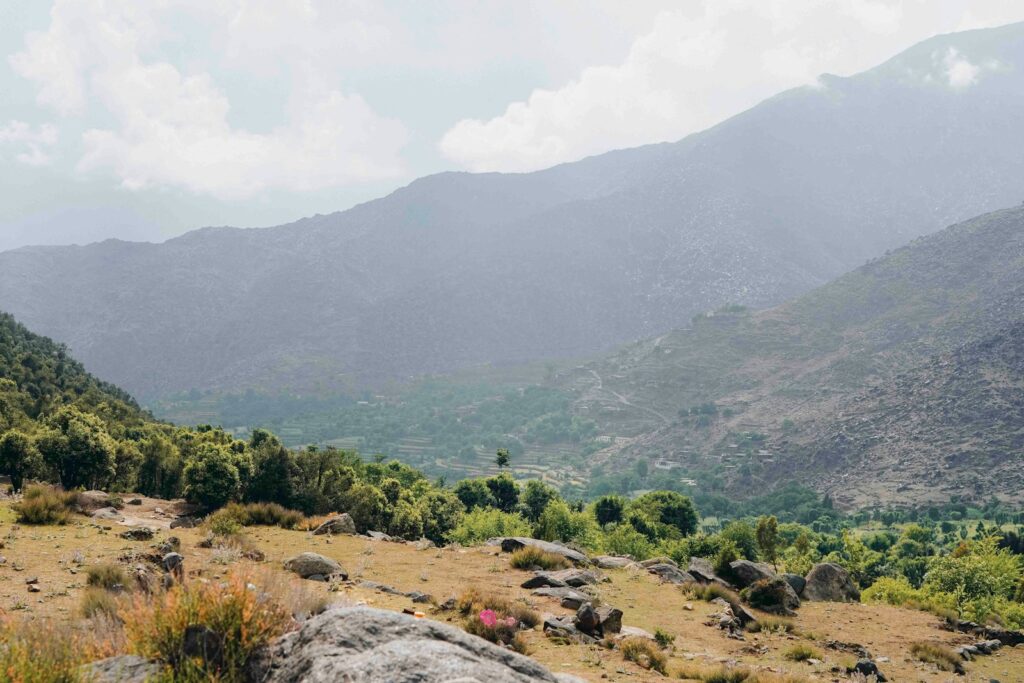
Perhaps the world’s most inaccessible wildlife sanctuary, Afghanistan’s newly established Wakhan National Park represents conservation against all odds in one of the planet’s most challenging political environments. Created in 2014 within the remote Wakhan Corridor—a narrow strip of land extending eastward between Tajikistan and Pakistan—this park protects snow leopards, Marco Polo sheep, and brown bears in a high-altitude wilderness virtually untouched by modern development. The few thousand nomadic Kyrgyz and Wakhi herders who inhabit this region maintain traditional lifestyles largely unchanged for centuries, moving seasonally with their livestock through alpine pastures above 4,000 meters. Conservation efforts here involve close collaboration with local communities, who serve as wildlife monitors and anti-poaching patrols in terrain so remote that it can take weeks of travel to reach from Afghanistan’s major cities. Despite (or perhaps because of) Afghanistan’s ongoing conflicts, this forgotten corner has become an unlikely biodiversity hotspot, protected by its very inaccessibility.
Gunung Leuser National Park, Indonesia
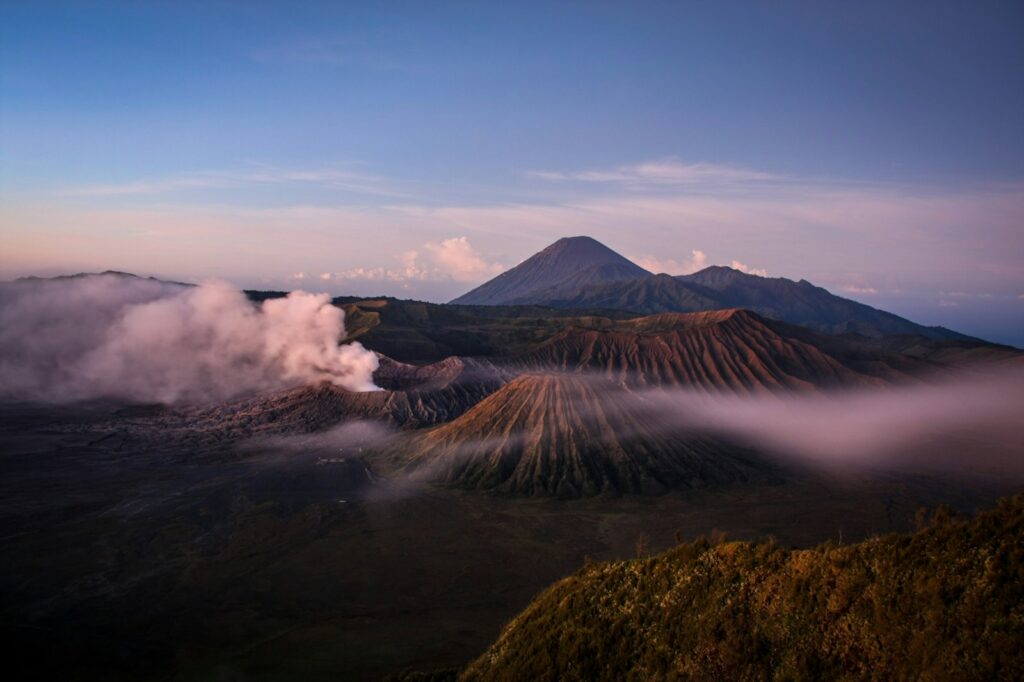
While Bali and Komodo draw Indonesia’s tourist crowds, Gunung Leuser National Park on northern Sumatra remains a biological treasure hidden in plain sight. This UNESCO World Heritage site represents one of the last places on Earth where orangutans, tigers, elephants, and rhinos still coexist in the wild, yet receives minimal international visitation compared to its ecological significance. Spanning over 7,900 square kilometers of mountainous rainforest, Leuser contains exceptional biodiversity with more than 4,000 plant species, 380 bird species, and some of the last remaining habitat for the critically endangered Sumatran orangutan. The park’s remote interior regions remain largely unexplored, with researchers occasionally discovering species new to science deep within its boundaries. Local conservation organizations have established limited ecotourism operations along the park’s periphery, providing sustainable income alternatives to logging and palm oil plantation work for surrounding communities while maintaining the wilderness character of the core protected area.
Odzala-Kokoua National Park, Republic of Congo
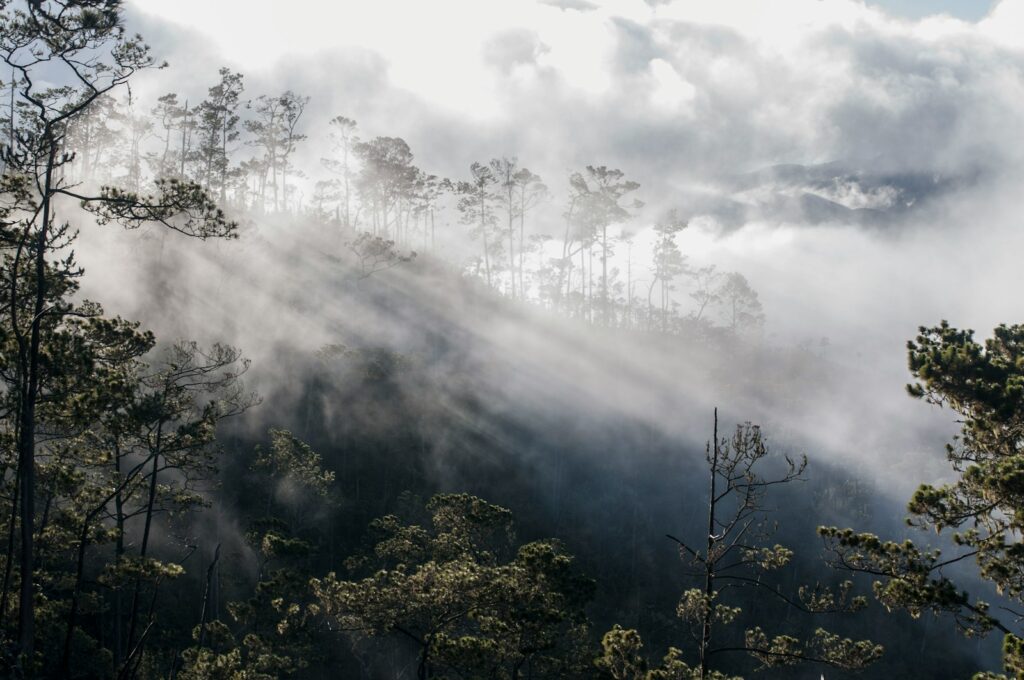
Hidden within Africa’s second-largest rainforest, Odzala-Kokoua National Park in the Republic of Congo offers an authentic wilderness experience far removed from the safari circuits of eastern and southern Africa. Established in 1935 and covering 13,500 square kilometers of pristine Congo Basin forest, this park protects significant populations of western lowland gorillas, forest elephants, and chimpanzees in ecosystems virtually unchanged for millennia. The park’s network of forest clearings known as “bais” creates natural gathering points where normally elusive forest wildlife becomes observable, offering extraordinary wildlife viewing for the few hundred visitors who make the journey each year. Limited infrastructure includes just three small ecolodges operated in partnership with local communities, ensuring both minimal environmental impact and maximum economic benefit to surrounding villages. Researchers studying Odzala’s gorilla populations have documented complex social behaviors previously unknown to science, highlighting how much remains to be discovered in this biological frontier.
Kaieteur National Park, Guyana
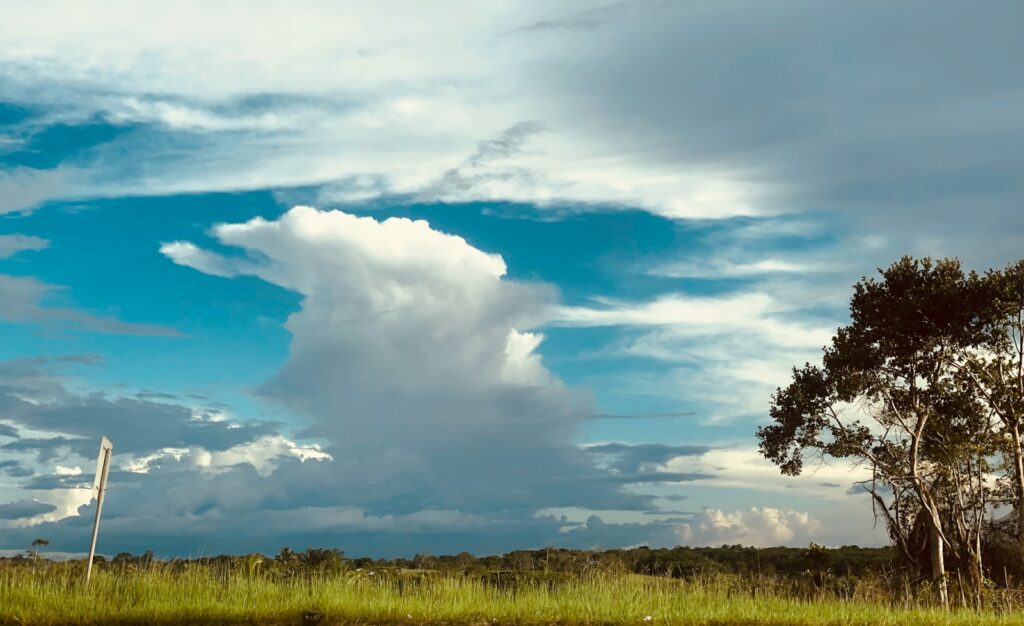
While neighboring Brazil and Venezuela receive significant ecotourism, Guyana’s Kaieteur National Park remains a pristine rainforest sanctuary known primarily for containing the world’s largest single-drop waterfall by volume. Established in 1929 as one of South America’s first protected areas, this park encompasses 63,000 hectares of virtually undisturbed Guiana Shield rainforest rich in endemic species found nowhere else on Earth. The park’s centerpiece, Kaieteur Falls, plunges 226 meters in a single drop that generates so much mist that unique micro-ecosystems have developed in the surrounding area, including habitats for the tiny golden rocket frog that completes its entire life cycle within the giant tank bromeliads growing near the falls. Indigenous Patamona guides lead the few visitors (fewer than 6,000 annually) through the park, sharing traditional knowledge of medicinal plants and forest ecology passed down through generations. The absence of roads into the park—accessible only by chartered aircraft or multi-day river expedition—has preserved both its ecological integrity and the traditional knowledge systems of surrounding communities.
Wrangell-St. Elias National Park, Alaska
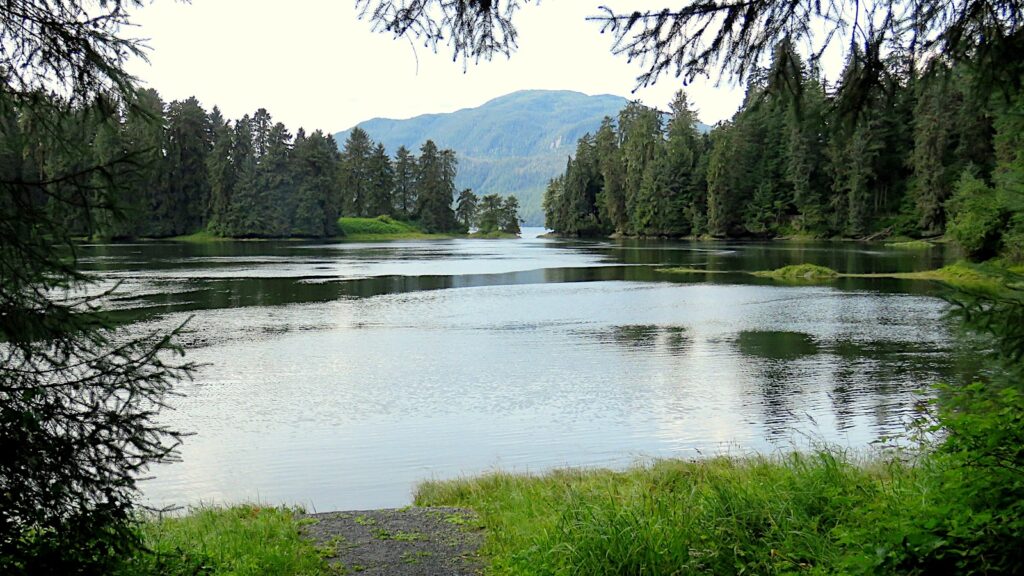
America’s largest national park remains among its least visited, with Wrangell-St. Elias encompassing a staggering 13.2 million acres of wilderness along Alaska’s southeastern border with Canada. Despite being larger than Switzerland, this park receives fewer than 80,000 visitors annually, most of whom never venture beyond the immediate road-accessible areas. The park contains North America’s greatest concentration of peaks over 16,000 feet, the continent’s largest subpolar ice field, and intact ecosystems supporting healthy populations of grizzly bears, Dall sheep, wolves, and caribou. Abandoned copper mining towns like Kennecott offer fascinating glimpses into Alaska’s frontier history, standing as deteriorating time capsules from the early 20th century gold rush era. The park’s extreme remoteness requires extraordinary self-sufficiency from visitors, with no cell service and minimal rescue capabilities throughout most of its vast wilderness, creating one of the few remaining places where true wilderness immersion is still possible within the United States.
Chiribiquete National Park, Colombia
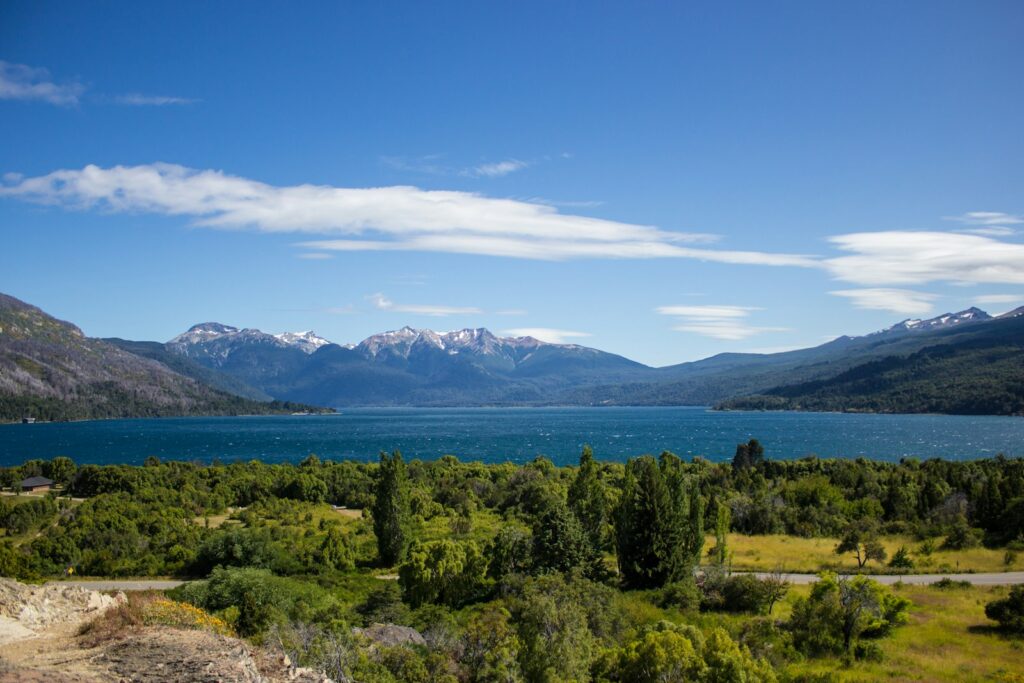
Often called “The Maloca of the Jaguar” by indigenous peoples, Chiribiquete National Park represents Colombia’s largest protected area and one of the planet’s most significant uncontacted indigenous territories. Recently expanded to 4.3 million hectares—making it larger than the Netherlands—this UNESCO World Heritage site protects extraordinary tabletop mountains rising dramatically from pristine Amazon rainforest. The park’s tepuis (table mountains) house over 70,000 pre-Columbian rock paintings dating back 20,000 years, depicting jaguars, hunting scenes, and geometric patterns in one of the Western Hemisphere’s most significant archaeological sites. To protect both uncontacted indigenous groups and extraordinary biodiversity, including 300 bird species and healthy populations of jaguars, Colombian authorities have designated Chiribiquete as a strict nature reserve closed to tourism. Scientific research expeditions require extensive permits and must follow rigid protocols to minimize the risk of contacting isolated indigenous communities who have chosen to remain separate from the outside world.
Loango National Park, Gabon
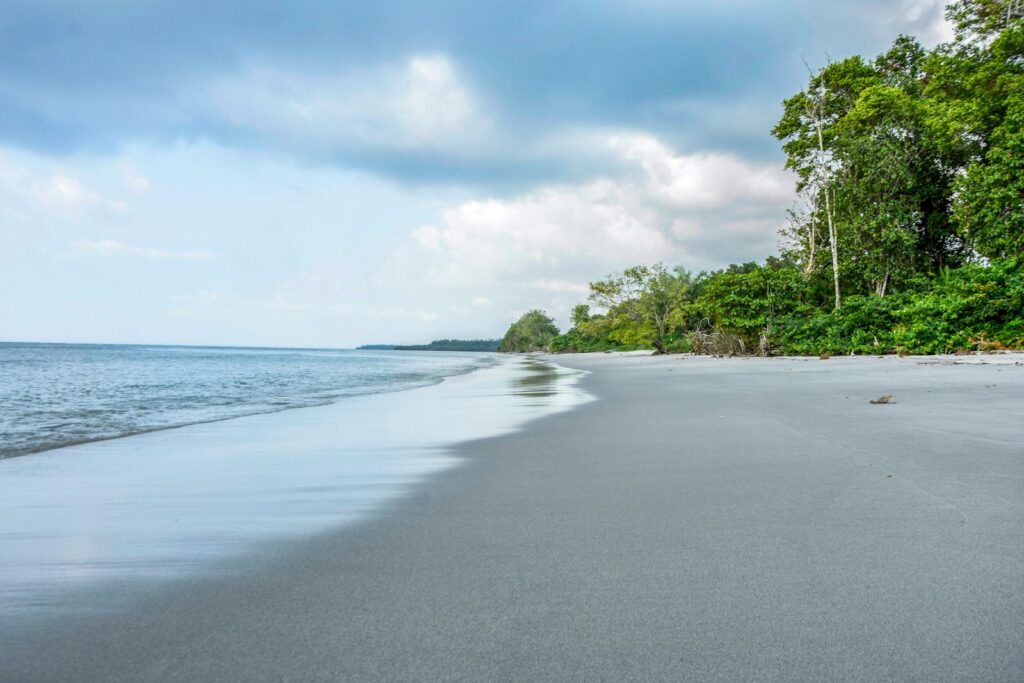
Sometimes called “Africa’s Last Eden,” Loango National Park offers an otherworldly spectacle where forest elephants and western lowland gorillas walk white-sand beaches alongside the Atlantic Ocean. This 1,550-square-kilometer coastal paradise in western Gabon represents one of the few places on Earth where rainforest meets ocean in a pristine setting, creating extraordinary ecological transitions between marine, coastal, and forest ecosystems. Loango gained brief international attention when wildlife photographer Nick Nichols captured images of surfing hippos in the park, yet it remains largely unknown to international tourists with fewer than 3,000 visitors annually. The park’s network of lagoons, savannas, and forest creates diverse habitats supporting forest buffalo, red river hogs, and the unique spectacle of forest elephants gathering on ocean beaches, particularly during mango season when they emerge to feed on fruit. Limited safari operators maintain small eco-lodges within the park, working closely with former poachers now employed as guides and wildlife monitors in a successful conservation model that Gabon hopes to replicate nationwide.
El Triunfo Biosphere Reserve, Mexico
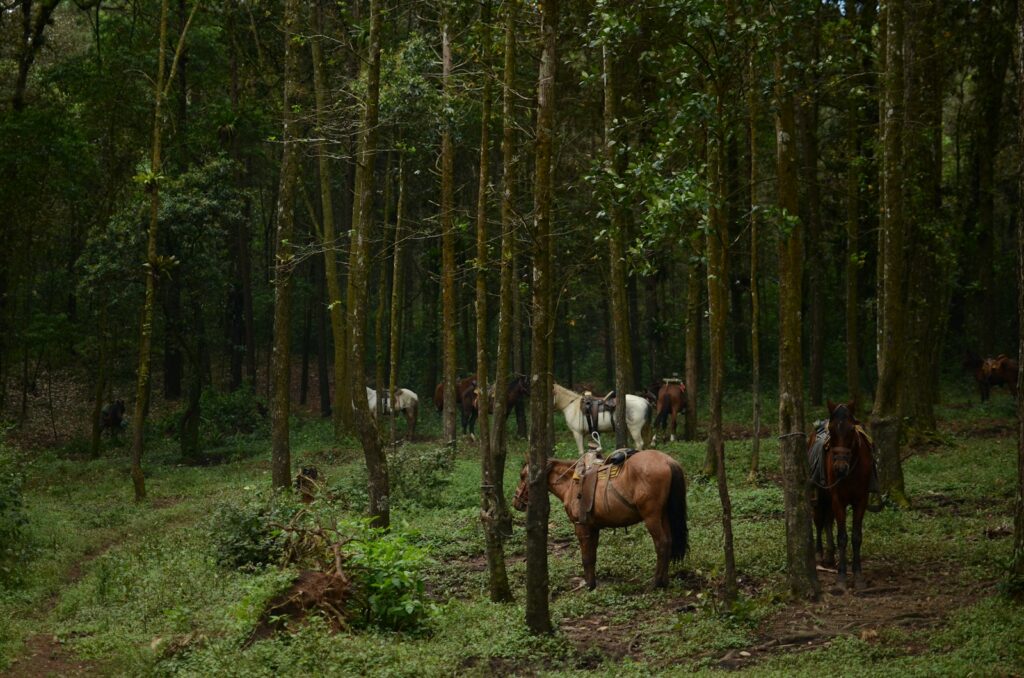
Perched along the misty ridges of Mexico’s Sierra Madre de Chiapas, El Triunfo Biosphere Reserve protects one of North America’s last cloud forest ecosystems and some of its most enigmatic wildlife. This 119,000-hectare reserve harbors extraordinary biodiversity, including the resplendent quetzal, horned guan, and jaguar, yet remains virtually unknown outside serious birdwatching circles. The reserve’s extreme isolation—accessible only via a challenging two-day hike from the nearest road—has preserved its ecological integrity while limiting visitation to roughly 500 people annually. El Triunfo serves as a crucial watershed protecting region, with its perpetually moist forests capturing precipitation that feeds rivers flowing to both the Pacific Ocean and Gulf of Mexico. Local communities surrounding the reserve have established coffee cooperatives growing shade-grown organic coffee under the forest canopy, providing economic alternatives to deforestation while maintaining crucial habitat for migratory birds. The reserve’s field station, once staffed year-round by researchers, now operates seasonally with limited capacity, making advance arrangements essential for the few intrepid travelers seeking to experience this cloud forest paradise.
Ukok Plateau, Russia
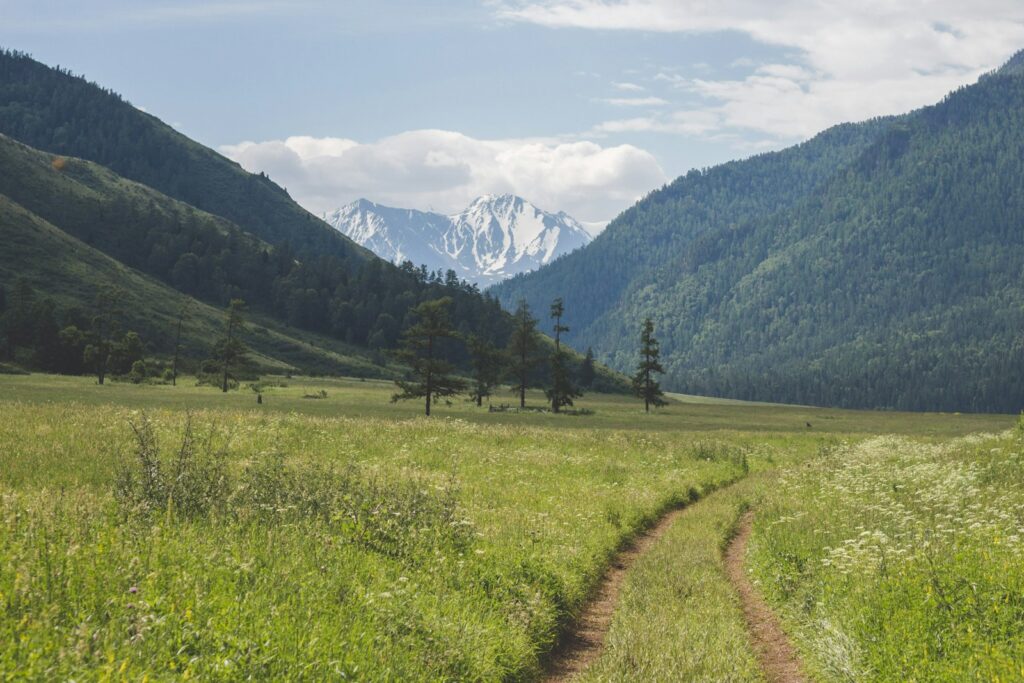
On Russia’s remote Altai Mountains where the borders of Russia, China, Mongolia, and Kazakhstan converge, the Ukok Plateau stands as one of Eurasia’s most isolated and significant wildlife sanctuaries. This UNESCO World Heritage site encompasses a high-altitude plateau averaging 2,500 meters above sea level with extraordinary cultural and ecological significance, yet remains virtually unknown to international travelers. The plateau’s vast steppe and alpine landscapes support snow leopards, argali mountain sheep, and golden eagles amid archaeological sites dating back 8,000 years, including the famous “Ice Maiden” discovery—a perfectly preserved 2,500-year-old mummy of a Pazyryk noblewoman. Indigenous Altai people consider the plateau sacred ground, believing it represents the gateway between worlds and should remain undisturbed by development. Reaching the plateau requires special border zone permits, four-wheel-drive vehicles capable of handling unmaintained mountain tracks, and guides familiar with the region’s unique challenges including unpredictable weather that can bring snowstorms even in summer months.
In our increasingly connected world, these remote wildlife parks stand as testaments to nature’s resilience and the enduring value of inaccessibility. Their very remoteness has become their salvation, preserving ecological processes and wildlife populations that have disappeared elsewhere. For the rare visitors who make the journey to these distant sanctuaries, the rewards extend beyond wildlife sightings to something increasingly rare in modern life: the profound experience of true wilderness. As climate change and development pressures mount globally, these isolated reserves represent ecological insurance policies—places where biodiversity might weather the coming storms. Perhaps their greatest value lies not in our visitation but in their continued existence, wild and remote, sustaining ecological processes beyond the reach of human dominance.

